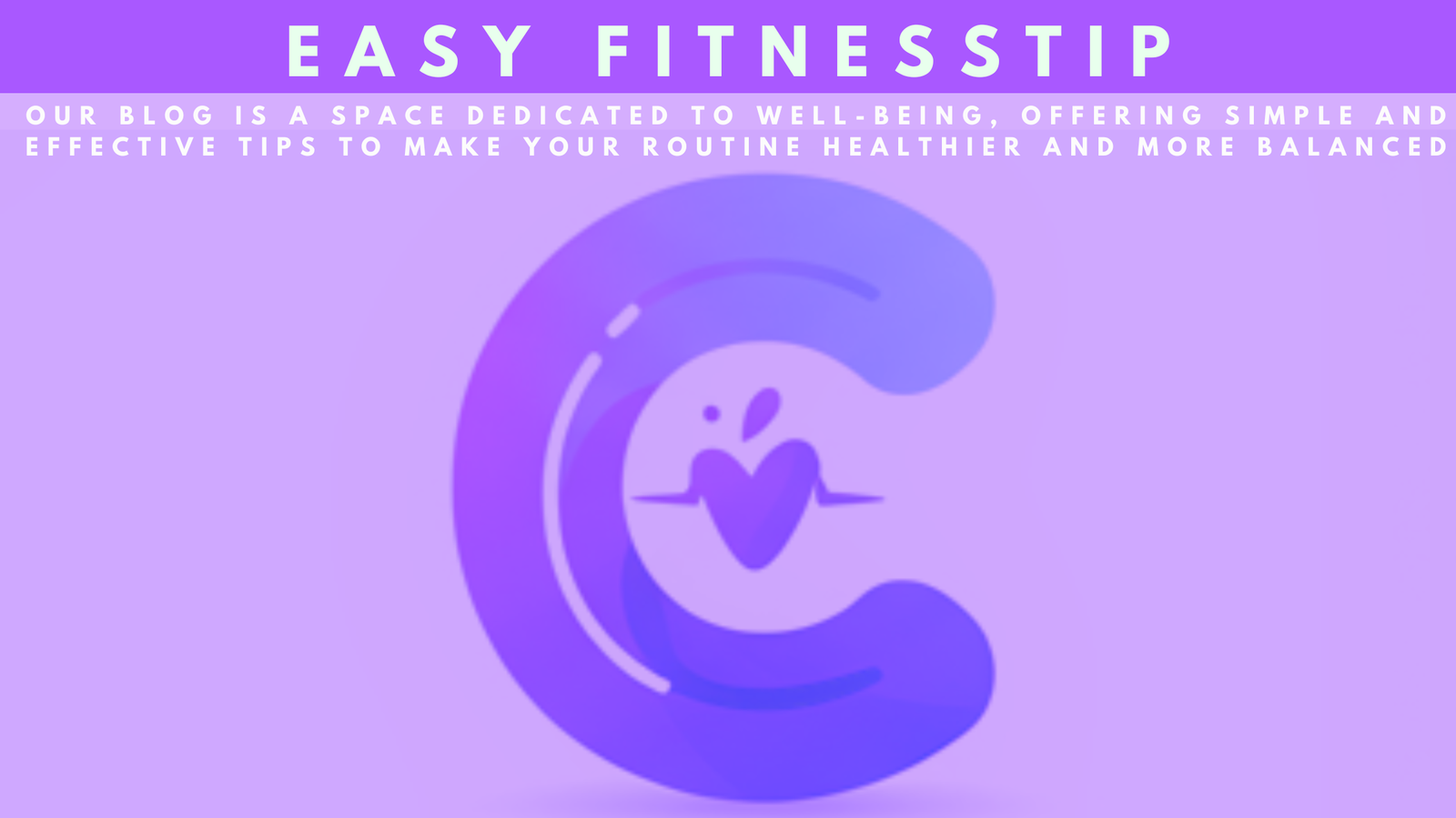
Expectant parents start an amazing journey when they become pregnant. A focus on health and fitness is key. A good pregnancy workout routine helps with physical health and prevents gestational diabetes and weight gain.
Studies show that prenatal exercise relieves discomfort, boosts energy, and lowers health risks for mom and baby. The right prenatal workouts help pregnant women stay healthy. This leads to better pregnancy outcomes.
Being active during pregnancy is empowering. It makes labor easier and supports the baby’s growth. With the right information, exercise can be a positive part of your day.
- Demi permanent hair color that will give you a boost of shine for radiant, healthy-looking hair
- Low commitment hair color that lasts up to 28 washes and blends away gray hairs
- YES, coconut and aloe vera and NO ammonia or added parabens in our no-drip creme formula that is gentle on all hair type…
Key Takeaways
- Regular prenatal exercise supports maternal health and reduces the risk of gestational diabetes.
- Staying active during pregnancy can help in managing weight gain effectively.
- Safe prenatal workouts can boost energy levels and alleviate discomfort.
- Establishing a tailored fitness routine prepares mothers for labor and delivery.
- Engaging in physical activity is crucial for supporting the baby’s healthy development.
Understanding Gestational Diabetes
Gestational diabetes is a condition that affects some women during pregnancy. It is marked by higher blood sugar levels. This type of diabetes usually starts between the 24th and 26th weeks of pregnancy. Proper diabetes education and care are key to ensuring a healthy pregnancy.
What is Gestational Diabetes?
Gestational diabetes happens when the body can’t make enough insulin during pregnancy. This leads to high blood sugar levels. It usually goes away after the baby is born. But, it can cause problems if not watched closely. Good diabetes care can prevent these issues, keeping both mom and baby safe.
Risk Factors Contributing to Gestational Diabetes
Several factors can increase the chance of getting gestational diabetes. These include:
- Obesity or being overweight
- A family history of diabetes
- Advanced maternal age
- Having a history of gestational diabetes in previous pregnancies
- Ethnic background, as certain groups are more at risk
Knowing these risk factors is key for early prevention and treatment. It helps ensure a healthy pregnancy.
- When regular soaps get you itchy and sneezy, nothing but NON-Scents will do!
- Truly unscented, not artificially masked, and perfect for sensitive babies, big kids, mamas, papas, and pregnant people …
- Contains Organic Oils, with no detergents, artificial foaming agents, sulfates, preservatives, dyes or fragrances
Impact on Maternal and Infant Health
Gestational diabetes can cause serious problems if not managed well. These can include preeclampsia, too much amniotic fluid, and babies that are too big. Diabetes education is very important. It gives expecting mothers the knowledge they need to reduce risks and stay healthy.
With good management, a healthier pregnancy and delivery can be achieved. This benefits both the mother and the baby.
The Importance of Regular Exercise During Pregnancy
Regular exercise during pregnancy has many benefits for both mom and baby. It helps keep you physically and mentally healthy. This makes the pregnancy journey easier and more enjoyable.
Benefits of Maintaining Physical Activity
Exercising during pregnancy has many health benefits. It can help:
- Reduce pregnancy discomfort, like back pain and fatigue.
- Improve mood and lower the risk of anxiety or depression.
- Enhance sleep quality, which helps manage fatigue.
- Lower risks of gestational diabetes and other pregnancy complications.
How Exercise Affects Blood Sugar Levels
Regular exercise helps control blood sugar levels during pregnancy. It makes your body more sensitive to insulin. This is key for women at risk of gestational diabetes.
Guidelines for Safe Workouts During Pregnancy
To exercise safely during pregnancy, follow these guidelines. The American College of Obstetricians and Gynecologists suggests:
- Do low-impact activities like walking and swimming.
- Listen to your body and adjust as needed.
- Add strength training and flexibility exercises when safe.
Pregnancy Workout: Effective Prenatal Exercises for Gestational Diabetes Prevention
Being active during pregnancy is good for both mom and baby. The right mix of cardio and strength training helps manage weight. It may also lower the chance of gestational diabetes. Adding the best pregnancy exercises to your routine can make your pregnancy healthier.
Aerobic Activities to Incorporate
Aerobic activities for pregnancy include:
- Walking: A safe and accessible option for maintaining cardiovascular health.
- Swimming: Provides resistance with low impact on joints, making it ideal during pregnancy.
- Stationary cycling: Helps enhance cardiovascular fitness without straining the body.
These activities boost heart health and help with weight control. They are key in preventing gestational diabetes.
Strength Training Exercises for Expectant Mothers
Strength training is important in pregnancy workouts. Focus on exercises for the core and pelvic muscles, such as:
- Bodyweight squats: Strengthen lower body and promote balance.
- Resistance band exercises: Provide a low-impact way to build muscle strength.
- Modified push-ups: Help build upper body strength while accommodating a growing belly.
Strength training prepares the body for labor and helps with recovery after birth.
Creating a Balanced Prenatal Fitness Routine
A good pregnancy workout routine combines cardio and strength training. Aim for:
- 150 minutes of moderate-intensity aerobic exercise per week.
- Strength training at least two times a week, focusing on all major muscle groups.
This balanced routine boosts endurance, prepares for labor, and fights weight gain. It sets a strong foundation for a healthy pregnancy and birth.

Implementing a Prenatal Workout Routine
Starting a pregnancy workout journey can feel daunting. It’s key to start slow with gentle exercises that are safe and beneficial. Activities like prenatal yoga, swimming, or brisk walking are great for beginners.
Tips for Starting Your Pregnancy Workout Journey
- Consult your healthcare provider to ensure your fitness plan aligns with your individual health needs.
- Begin with low-impact activities to build a solid foundation and prevent exhaustion.
- Set realistic goals based on your current fitness level and energy during pregnancy.
- Listen to your body. If you feel discomfort, adjust your routine accordingly.
- Include stretching in your workouts for flexibility and relaxation.
Recommended Frequency and Intensity
Most expectant mothers should aim for 30 minutes of activity daily, aiming for three to five times a week. As you get more fit, you can increase the intensity. But always pay attention to how your body feels. Remember to drink plenty of water and avoid getting too hot during your workouts.
| Exercise Type | Recommended Frequency | Intensity Level |
|---|---|---|
| Walking | 3-5 times per week | Moderate |
| Stretching/Yoga | Daily | Low |
| Swimming | 3-4 times per week | Moderate |
| Strength Training | 2-3 times per week | Light to Moderate |

Conclusion
Adding prenatal workouts to your routine is a big plus for expecting moms, especially when it comes to managing gestational diabetes. A steady pregnancy fitness plan helps keep health in check and lowers the chance of pregnancy problems. The right mix of cardio and strength training is key for a better pregnancy experience for both mom and baby.
Staying active helps keep blood sugar levels steady and boosts mood. With a good prenatal fitness plan, moms-to-be can look forward to healthier pregnancies and better birth outcomes. This is all about supporting a healthy pregnancy journey.
Being proactive about pregnancy fitness can make the journey smoother. With safe and doable exercise plans, expectant moms can reach their health goals. This ensures lasting wellness for both mom and baby.





